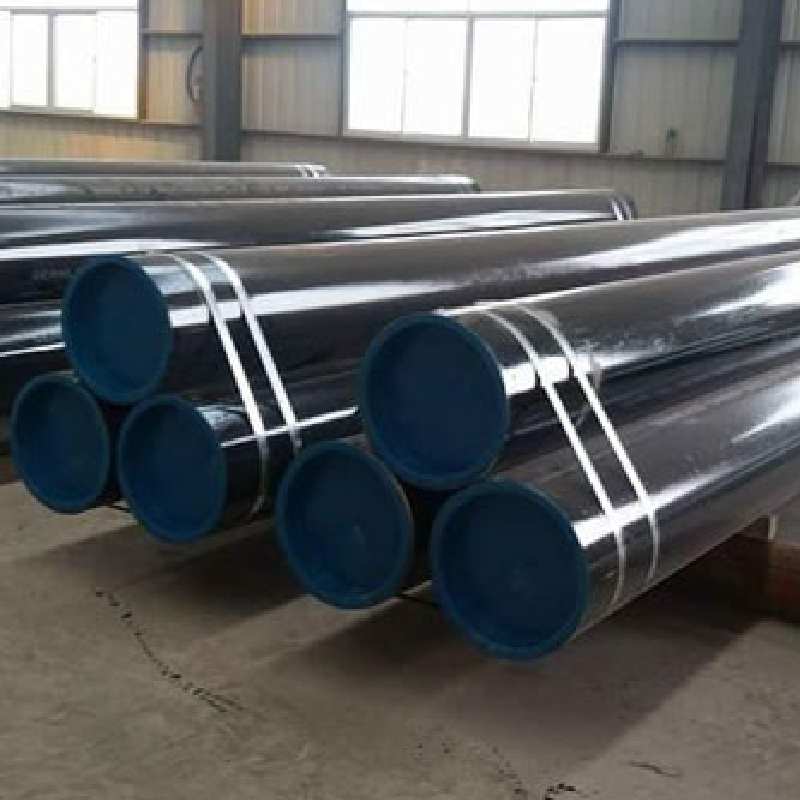-
Cangzhou Yulong Steel Co., Ltd.
-
Phone:
+86 13303177267 -
Email:
admin@ylsteelfittings.com
- English
- Arabic
- Italian
- Spanish
- Portuguese
- German
- kazakh
- Persian
- Greek
- French
- Russian
- Polish
- Thai
- Indonesian
- Vietnamese
- Zulu
- Korean
- Uzbek
- Hindi
- Serbian
- Malay
- Ukrainian
- Gujarati
- Haitian Creole
- hausa
- hawaiian
- Hebrew
- Miao
- Hungarian
- Icelandic
- igbo
- irish
- Japanese
- Javanese
- Kannada
- Khmer
- Rwandese
- Afrikaans
- Albanian
- Amharic
- Armenian
- Azerbaijani
- Basque
- Belarusian
- Bengali
- Bosnian
- Bulgarian
- Catalan
- Cebuano
- China
- China (Taiwan)
- Corsican
- Croatian
- Czech
- Danish
- Esperanto
- Estonian
- Finnish
- Frisian
- Galician
- Georgian
- Kurdish
- Kyrgyz
- Lao
- Latin
- Latvian
- Lithuanian
- Luxembourgish
- Macedonian
- Malgashi
- Malayalam
- Maltese
- Maori
- Marathi
- Mongolian
- Myanmar
- Nepali
- Norwegian
- Norwegian
- Occitan
- Pashto
- Dutch
- Punjabi
- Romanian
- Samoan
- Scottish Gaelic
- Sesotho
- Shona
- Sindhi
- Sinhala
- Slovak
- Slovenian
- Somali
- Sundanese
- Swahili
- Swedish
- Tagalog
- Tajik
- Tamil
- Tatar
- Telugu
- Turkish
- Turkmen
- Urdu
- Uighur
- Welsh
- Bantu
- Yiddish
- Yoruba

Oct . 22, 2024 14:54 Back to list
Understanding Blind Plate Flanges and Their Applications in Piping Systems
Understanding Blind Plate Flanges An Essential Component in Piping Systems
In industrial applications, piping systems play a critical role in the transportation of fluids and gases. One essential component of these systems is the blind plate flange. This article will explore the nature, purpose, and key characteristics of blind plate flanges, underscoring their importance in various piping applications.
What is a Blind Plate Flange?
A blind plate flange is a type of flange that is used to seal the end of a piping system. Unlike standard flanges, which connect two sections of pipe or equipment, a blind plate flange does not have a central opening. Instead, it serves as a barrier, effectively blinding the end of the pipe. This component is typically made from materials such as stainless steel, carbon steel, or alloy, chosen for their durability and resistance to corrosion, depending on the specific application requirements.
Purpose and Applications
The primary purpose of a blind plate flange is to close off piping systems
. This is crucial in several situations1. Isolation of Sections Blind flanges are often used to isolate segments of a pipe system for maintenance. By closing the end of a pipe, technicians can work on adjacent components without disrupting the entire system.
2. Pressure Testing Before a piping system is operational, it is essential to conduct pressure tests. Blind flanges seal off the ends of pipes, allowing for controlled pressure testing without any leaks.
3. Preventing Contamination By sealing off a pipe, blind flanges help prevent contaminants from entering the system. This is particularly important in sectors like food processing and pharmaceuticals, where cleanliness is paramount.
4. Process Control In some cases, blind flanges can be used to control the flow within a piping system. They can facilitate the temporary closure of access points during process adjustments or modifications.
Key Characteristics
Several key characteristics make blind plate flanges a preferred choice in various industrial applications
blind plate flange

1. Material Versatility Blind flanges can be fabricated from an array of materials, including stainless steel, carbon steel, and even plastic for specific environments. The choice of material impacts their corrosion resistance, strength, and durability.
2. Pressure Ratings These flanges are available in various pressure ratings, allowing them to be used in systems that operate under high-pressure conditions. Proper selection based on the system's requirements is vital to ensure safety and reliability.
3. Standardized Sizes Blind flanges come in standardized sizes and bolt patterns, which simplifies the design and integration process in piping systems. This standardization also allows for compatibility across various manufacturers' products.
4. Ease of Installation With straightforward installation processes, blind flanges can be quickly put in place, allowing for efficient maintenance and repairs in pipeline systems.
Considerations for Use
When selecting blind plate flanges for a specific application, several factors should be considered
1. Temperature and Pressure Requirements The operating environment should dictate the material and design of the blind flange, particularly concerning temperature and pressure.
2. Corrosive Environments In cases where the piping system will transport corrosive materials, it is crucial to choose materials that offer the necessary protection against deterioration.
3. Regulatory Compliance Different industries are subjected to specific regulations regarding piping systems. Ensuring that the selected blind flanges meet these standards is essential for safe operations.
4. Maintenance Needs For systems requiring frequent maintenance, selecting blind flanges that facilitate easy installation and removal can save time and resources.
Conclusion
Blind plate flanges are indispensable components in various piping systems, providing essential functions such as pressure testing, system isolation, and contamination prevention. Their versatility in material selection, availability in standard sizes, and ease of installation make them a preferred choice for engineers and technicians alike. Whether in oil and gas, chemical processing, or water treatment, understanding the role of blind plate flanges is crucial for ensuring the safety and efficiency of piping systems. As technology advances and industries evolve, the significance of these flanges will continue to grow, reflecting the ongoing need for reliable, high-quality industrial components.
Latest news
-
ANSI 150P SS304 SO FLANGE
NewsFeb.14,2025
-
ASTM A333GR6 STEEL PIPE
NewsJan.20,2025
-
ANSI B16.5 WELDING NECK FLANGE
NewsJan.15,2026
-
ANSI B16.5 SLIP-ON FLANGE
NewsApr.19,2024
-
SABS 1123 FLANGE
NewsJan.15,2025
-
DIN86044 PLATE FLANGE
NewsApr.19,2024
-
DIN2527 BLIND FLANGE
NewsApr.12,2024
-
JIS B2311 Butt-Welding Fittings LR/SR 45°/90° /180°Seamless/Weld
NewsApr.23,2024











